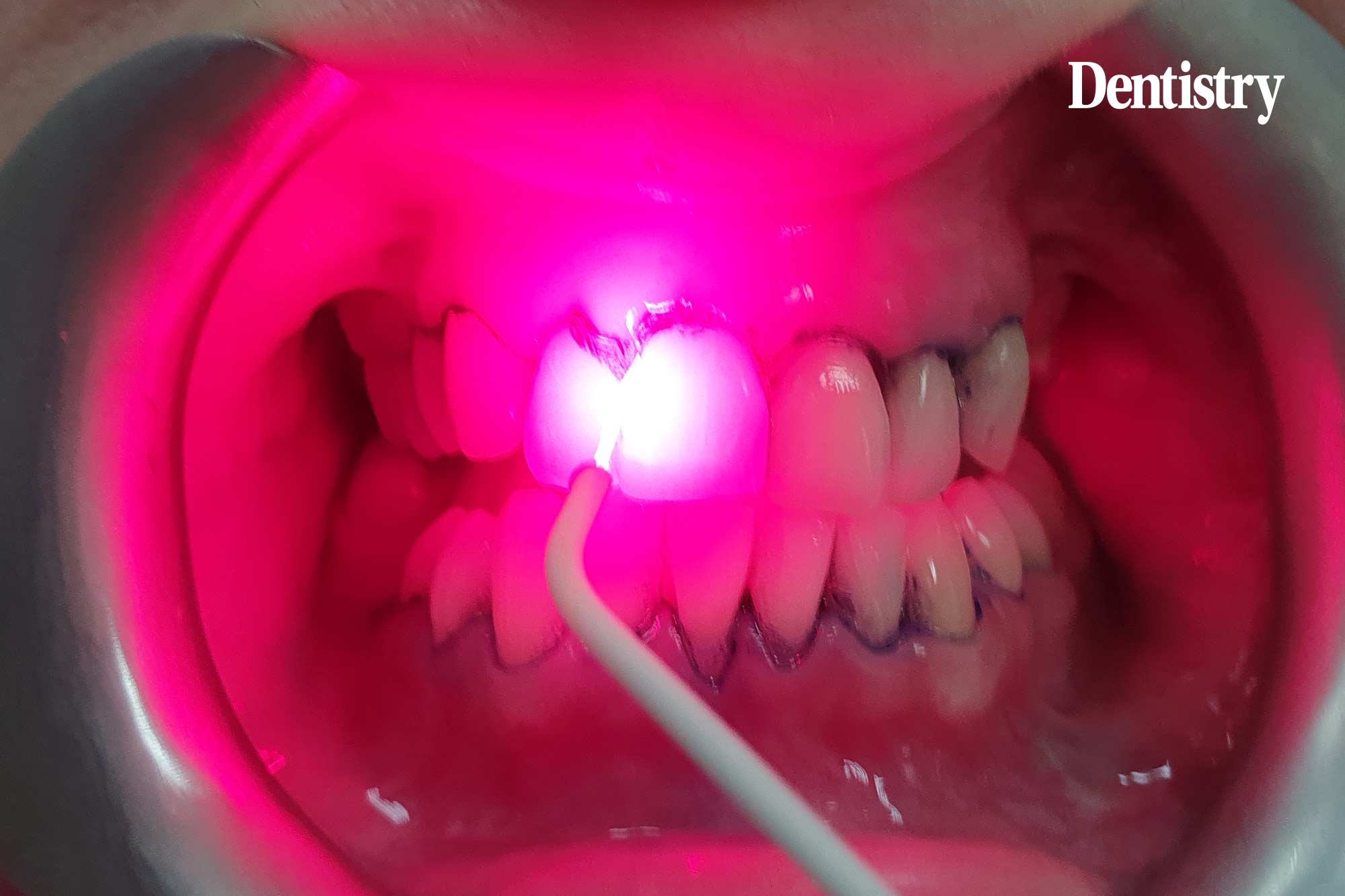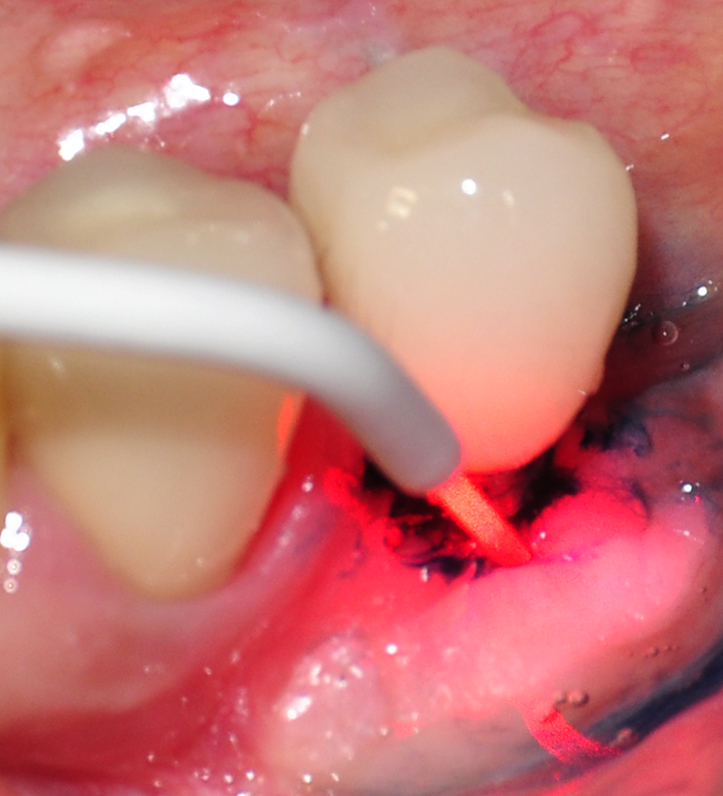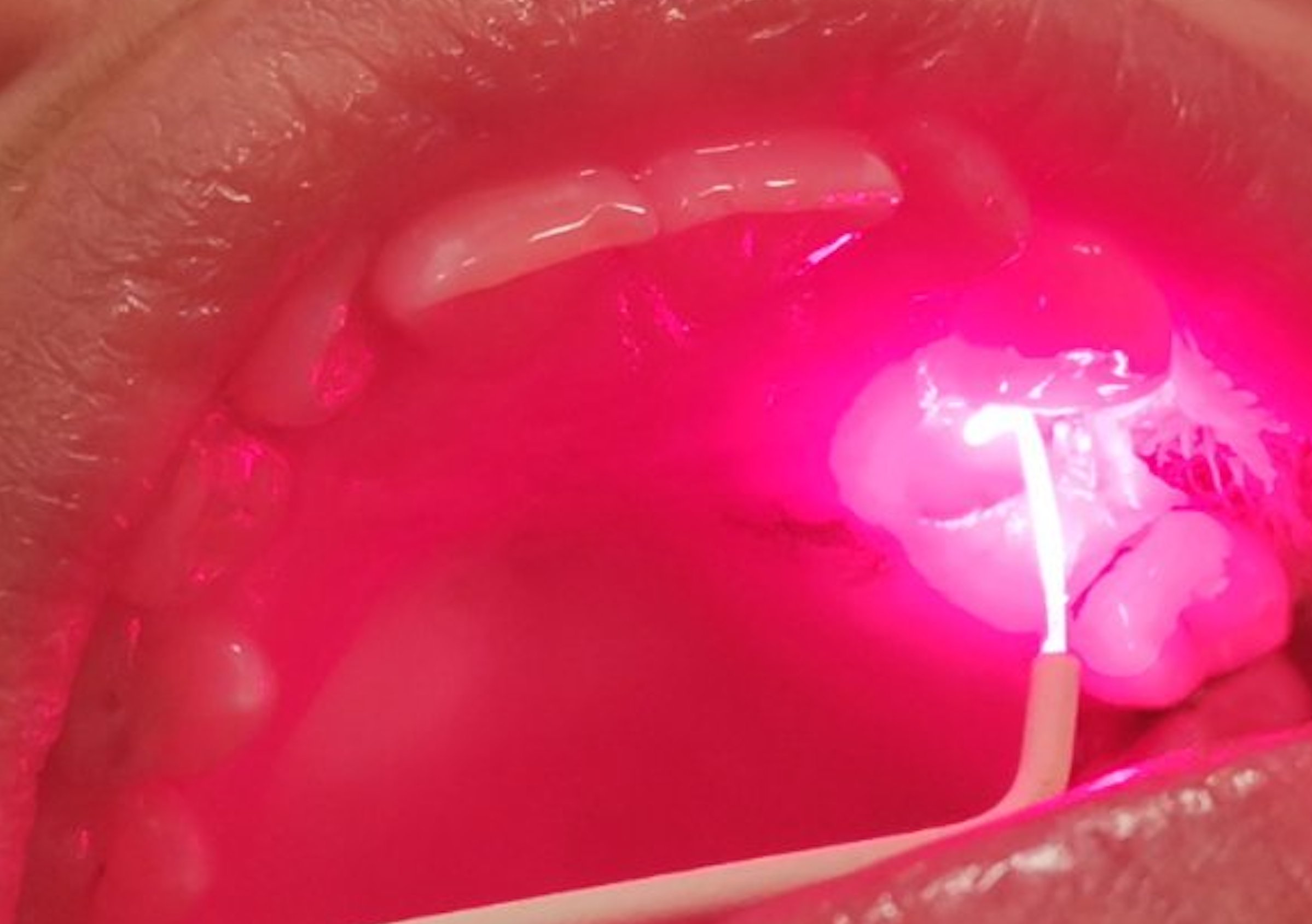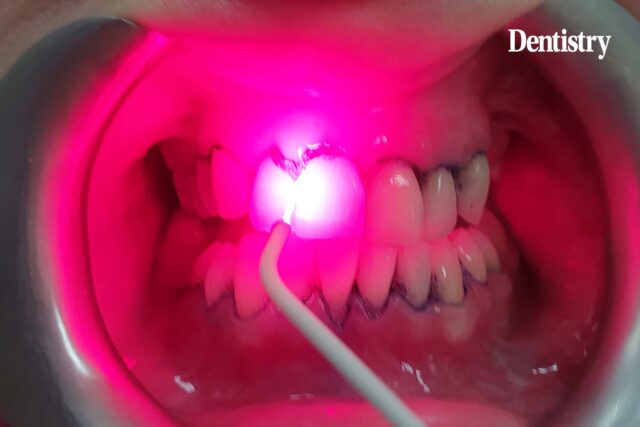 Dragana Rakasevic discusses HELBO photodynamic therapy, from its clinical indications to its advantages for dental practices.
Dragana Rakasevic discusses HELBO photodynamic therapy, from its clinical indications to its advantages for dental practices.
Dr Dragana Rakasevic graduated from the Faculty of Dentistry, University of Belgrade, Serbia, in 2011. Very early on, Dragana recognised that she and her peers were actively seeking new solutions to overcome the growing challenge of dental infections, mostly caused by bacteria, but the market did not seem to provide what was needed to tackle this increasing challenge.
Therefore, when she learned about HELBO photodynamic therapy (PDT) and its anti-inflammatory and antibacterial effects, she recognised its potential to such an extent that she decided that her PhD would focus on the topic and evaluate its efficiency in the treatment of peri-implantitis.
As she said: ‘Often with new treatment solutions, beside assessing the added value for patients, the general concern is that the learning curve is steep, the process is time-consuming, and the practice workflow needs to be reconfigured.
‘With HELBO, there is none of that. It is literally a small pen to which a special fibre tip needs to be attached – it couldn’t be simpler. However, it is recommended that doctors take a short familiarisation course before using it to learn about the indications and protocol for how and when to use it.
‘As soon as I started using HELBO, it proved so successful that I immediately decided to apply it in a number of different clinical areas.’
What is photodynamic therapy?
It is a non-invasive treatment approach used in the therapy of a variety of infections mostly caused by bacteria (gram-negative, gram-positive, anaerobic and some aerobic species), viruses and fungi.
In accordance with the definition, it is an oxygen-dependent reaction induced by activated photoactive materials known as photosensitisers and low-energy light from a diode laser.
HELBO’s working mechanism is based on a photo-chemical effect which is opposite from the high-power (classical) laser in which high energy is required, causing an increased temperature to achieve a photo-thermal effect on the tissue.
By contrast to high-power lasers, HELBO’s photochemical effect is different, as it does not require high energy, so there is no temperature rise on exposed tissue – ie no trauma, presenting one of its major benefits.
Benefits of HELBO photodynamic therapy
‘With this low energy, we do not need to wear glasses (no reflection is produced) and PDT has a number of additional benefits:
- More than 95% of pathogen reduction
- No induced changes to the bone and implant surfaces
- No causal allergic reactions
- The procedure is totally painless
- The photosensitizers show a selective affinity for tumours or vascular tissue cells, therefore this therapy has found a purpose in the treatment of precancerous and cancerous lesions in the oral cavity
- Finally, since HELBO is a demonstrated alternative to antibiotics, there is no need for long-term antibiotics administration.
‘I have now been using HELBO for the last 10 years and I have had 100% satisfactory outcomes. This therapy has been reported as a completely safe method, so we can say it is completely risk-free.
‘It suits all types of patients, including children. So, when you identify some kind of inflammation and disease, regardless of the patient’s age, you are comforted that HELBO gives you increased confidence to resolve it, even in intransigent and complex cases.’
Disadvantages
‘The only minor disadvantage I observed is the blue material known as photosensitizer which marks the pathological cells and activates the colour which remains present for some hours. But as soon as you explain the reason why this is happening, patients are totally fine and understanding about it.
‘In terms of costs, again, patients are incredibly receptive and accepting when you explain the clinical benefits of HELBO; they get shorter treatment times and excellent long-term results.
‘Not all infections will impact on tissues, but at least with HELBO, I feel that there is no risk and that gives me the reassurance that I am doing everything right for my patients. However skilful you are, there are undeniably many factors (eg patient specific body reactions) that can affect the treatment outcome and HELBO gives me that extra security.’
Clinical indications for HELBO photodynamic therapy
‘I am often asked about what clinical indications I use HELBO for.
‘Firstly, I use it for the treatment of peri-implant disease, peri-mucositis and peri-implantitis. It is successfully used in the surgical treatment of peri-implantitis which is my primary topic of research.
‘I also include HELBO in numerous non-surgical and surgical therapies including implantology, oral surgery, periodontology, and maxillofacial surgery. The purpose of this therapy is not only to decontaminate but also to prepare tissue for bone augmentation and implant placement.
‘Moreover, the endodontic treatment of children and adults with/without peri-apical lesions could be combined with either non-surgical or surgical procedures, as well as the treatment of oral lichen planus, herpes, and candidiasis.
‘In most of the cases, HELBO is used in my practice as an adjunctive treatment method, performed after mechanical treatment. As mechanical methods and some other chemical and physical methods alone cannot achieve complete decontamination, HELBO is used to decontaminate and disinfect tissue after the removal of pathological tissues.
‘Only in the treatment of oral candidiasis, herpes, lichen planus or some tissue changes (fibroma, tumours) HELBO or PDT could be used alone.
‘Beside photodynamic disinfection, the HELBO laser can also be used for photobio-modulation or low-level-laser therapy to improve wound healing, and I also make use of this added advantage.
‘A laser wavelength of 660 nm has been shown to be able to penetrate deeply in the tissue (approximately two to three mm) leading to not only anti-inflammatory and anti-bacterial but also photostimulated effects. This is very beneficial because by simultaneously decontaminating and exposing the cells to low-energy light, soft and hard tissue cells are stimulated to accelerate healing and regeneration.
‘Strong scientific evidence for efficacy and safety’
‘I can confidently say that my personal experience in relation to the value and outcomes of the HELBO therapy is in line with its strong scientific evidence for efficacy and safety.
‘Beside a lot of available scientific evidence, we recently published a paper in which we showed that this method could be safely and efficiently used in children in the treatment of a young permanent tooth (not finished open apex) with a periapical lesion.
‘Based on my personal experience and research, I believe that HELBO could be used successfully in implantology, especially in treating peri-implantitis. HELBO is therefore a therapy I use daily in all cases in which I encounter an infection, so I perform it considering it could be an effective and quick method of solving the issue.
‘In terms of costs, we should also take into consideration the purchasing power of consumers and patients, especially as life is becoming so expensive. I thoroughly calculate a price for patients based on the consumable materials used and the purpose for which the treatment serves.
‘There is a difference in cost if you are treating the entire jaw, or just one tooth, so the cost should be carefully calculated to satisfy both sides: the patient and the doctor. It is also ideal to delegate some aspects of the HELBO treatment to other members of the team, and this makes it more cost effective, as well as time effective.’


Conclusion
‘To conclude, I can only emphasise that HELBO is a risk-free treatment which requires little effort to apply, and which delivers great benefits, especially when you consider all the positive effects that can be achieved with it. I use it regularly as an adjuvant therapy, but sometimes as the main therapy for various infections, lesions, and diseases in the oral cavity.
‘I would encourage my peers to try HELBO and explore all the treatment possibilities it offers. Life is a lot simpler thanks to it.’
For more information visit www.bredent.co.uk.
Adblock test (Why?)






